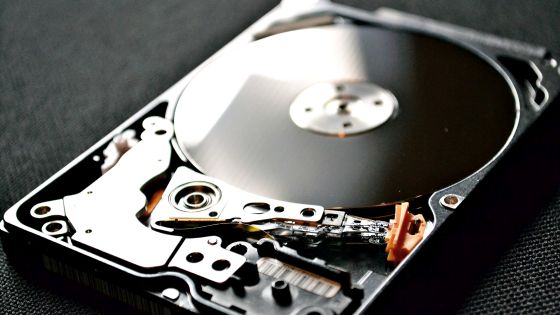It turns out that the recording method of WD's HDD 'WD Red' for NAS was secretly changed to 'Unsuitable for RAID' specifications

The recording method of the HDD series '
Western Digital admits 2TB-6TB WD Red NAS drives use shingled magnetic recording – Blocks and Files
https://blocksandfiles.com/2020/04/14/wd-red-nas-drives-shingled-magnetic-recording/
Seagate 'submarines' SMR into 3 Barracuda drives and a Desktop HDD – Blocks and Files
https://blocksandfiles.com/2020/04/15/seagate-2-4-and-8tb-barracuda-and-desktop-hdd-smr/
Shingled hard drives have non-shingled zones for caching writes – Blocks and Files
https://blocksandfiles.com/2020/04/15/shingled-drives-have-non-shingled-zones-for-caching-writes/
SMR is a track in the technique of recording data by superposing, rewriting of the data instead of being increased HDD capacity is inefficient, HDD employing the SMR is not suitable for applications rewritten frequently data I am. Regarding SMR, you can understand how it works by reading the following article.
Finally a hard disk with a capacity of 5 TB appeared in 2014, to 20 TB in 2020-GIGAZINE

One day, when the network administrator
Mr Brown speculates that SMR is the cause of the problem. SMR has a mechanism to write data from the cache area to the normal area when the HDD is idle, by providing a cache area for recording by CMR on the outer periphery of the platter to address the problem related to random write access. There is no problem when writing several tens to hundreds of GB of data, but when writing a large amount of data such as RAID resynchronization, there is a possibility that the data will overflow from the cache area and writing will occur. thing.
In a previous report, WD's support replied, 'I can't say whether you're using SMR or CMR,' so Mr. Brown contacted WD by email. Then, WD replied, 'except for WD's 20TB HDD, it is based on CMR.' However, when Mr. Brown checked Synology's official compatibility list, it was written that the 6 TB HDD made by WD adopted SMR.

When Mr. Brown and Synology's forum were compiled and information was reported to WD by Blocks & Files, WD answered that 'Currently, SMR is adopted for 2 TB to 6 TB models of WD Red series'. It was obtained. Previous models in the WD Red series used CMR, but it turned out that the latest models used SMR.

by Chris McClanahan
WD tests found no issues with SMR RAID resync. WD commented to the Blocks & Files report that 'more information is needed depending on the individual situation'.
Related Posts:
in Hardware, Posted by darkhorse_log







